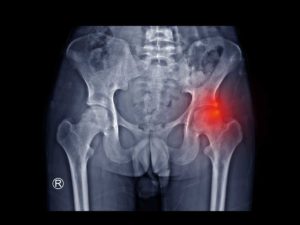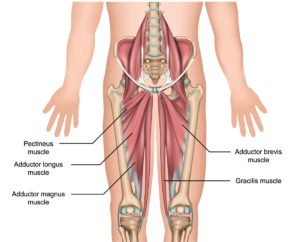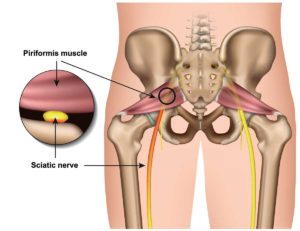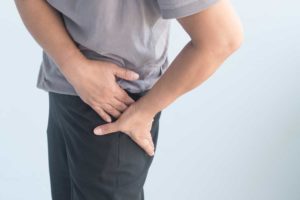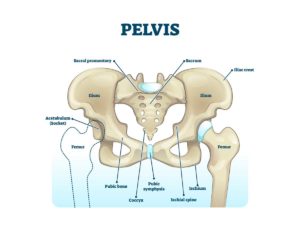
Anterior (front) Hip Pain
Typical Symptoms
Pain over anterior hip can cause pain with walking, squatting and movements such as getting in and out of car or climbing stairs. The pain can be localised or can spread to other areas in the hip and groin area. Indeed, problems in on place can cause pain or functional issues elsewhere such as in the knee or in the back.
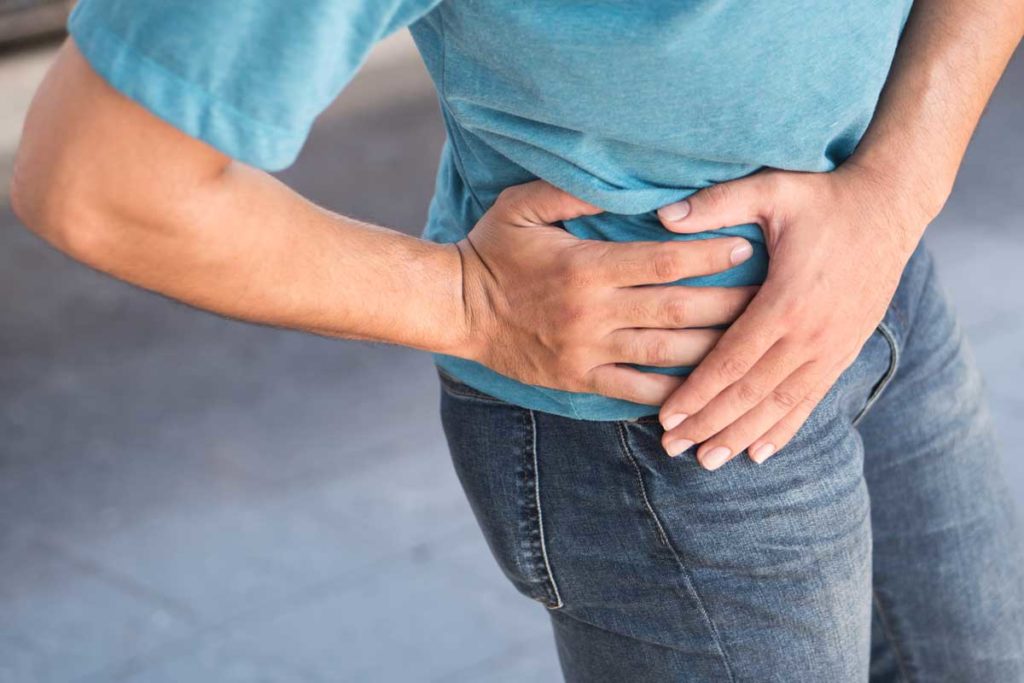
What causes it?
Pain can arise due to anatomical issues around the hip joint, such as osteoarthritis (wear-and-tear), labral tears, impingement or cartilage issues. Alternatively, it could be a more functional problem, due to tightness, weakness or even postural issues.
Changes in the tendons can also cause problems, with tearing or tendinopathy of the hip flexors, adductor muscles or even the abdominals. It may also be due to structures away from the hip joint itself such as nearby nerves, hernias, overload of the pubic symphysis joint or it could even be pain originating from the spine.
How can I help myself?
It is useful to consider what factors, such as your sports, occupational or other activities, might have contributed to the symptoms. Trying to improve these with offloading from them or working with a coach to improve movement patterns can help improve symptoms.
Equally, regular soft tissue release with a sports therapist or acupuncture/cupping can also help with pain. In situations where additional treatment is needed, analgesia can help reduce pain.
When to seek help?
If your symptoms are ongoing or getting worse despite trying to identify and treat the underlying causes, you should have this problem assessed further.
What are the treatment options?
After being assessed clinically with a history and physical examination, your clinician may be undertake some investigations such as an X-ray of the hip or spine to look for degenerative (wear and tear) or other bony changes. An ultrasound scan of the hip and pelvis can help identify if there are any soft tissue changes such as tendinopathy or hernias. If they suspect an overload or weakness of particular areas, they may recommend rehabilitation with a physiotherapist or even look at your footwear/gait with a podiatrist. In some situations, acupuncture may also be instigated.
If your symptoms are ongoing despite this, an MRI can be helpful for further investigation and other treatments such as ultrasound guided cortisone, PRP or prolotherapy injections may also help. In situations where anatomical issues are identified, then a surgical interventions could be required.
